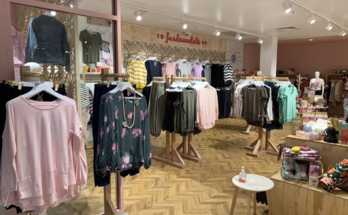Although any prejudice regarding the way of dressing a person is vetoed, every company reserves the right to hire or not a professional based on how he behaves, including the clothes he wears to work.
It is important to emphasize that this, in most cases, has nothing to do with prejudice but instead with the adequacy of the professional’s image to that of the organization. After all, he becomes a representative of the brand and so must follow specific rules.
For this reason, some companies adopt a strict dress code, requiring the use of uniforms or full social attire.
Others adopt more flexible codes, allowing for more sporty attire, with T-shirts and jeans. And, following the trend of flexibility, some of these more “formal” companies already allow their employees to wear more relaxed clothes on Fridays (casual Friday).
Lately, we have seen many companies adopting the “no dress code,” that is, the absence of a dress code. That means you’re free to choose your outfit – you can even wear flip-flops or pajamas if you like. The purpose of this policy is to encourage employees to wear clothes that make them feel comfortable, believing that with this feeling of well-being, productivity and results will increase.
However, only a small portion of companies adopt the “no dress code.” And it is not because this model is beginning to gain strength and is the object of desire of many professionals that it will be unanimous in the future. For many organizations, this doesn’t work.
Factors That Determine The Dress Code
Companies have different objectives, and the dress code is inevitably influenced by a profession you exercise, the environment, work, and hierarchical level.
Formality tends to be more required when employee interaction with customers is high. This is because those who hire the company expect to find professionalism and integrity – factors often associated with more formal dress.
Retail companies tend to adopt uniforms to make it easier for customers to identify employees and communicate a more serious corporate image. On the other hand, startups and technology and communication companies generally adopt a more casual dress code.




